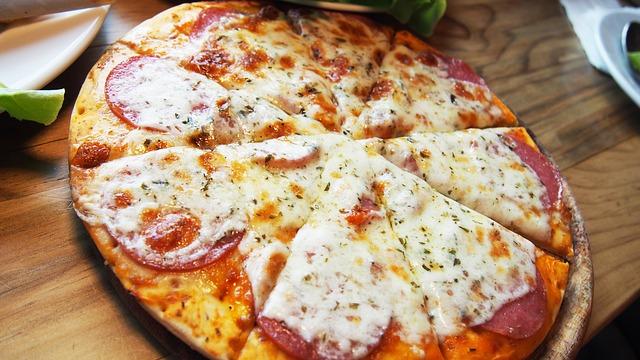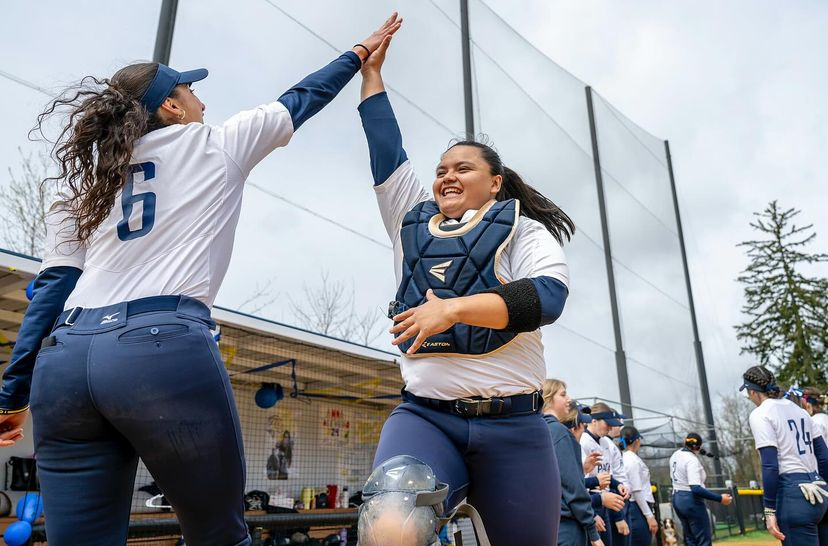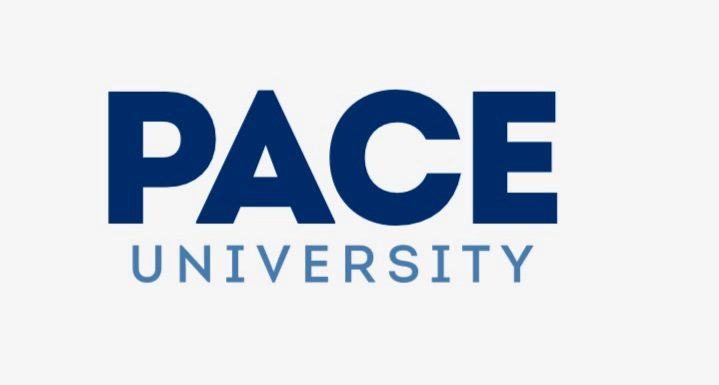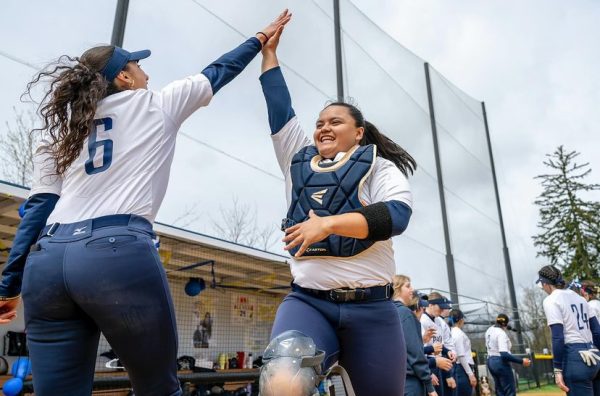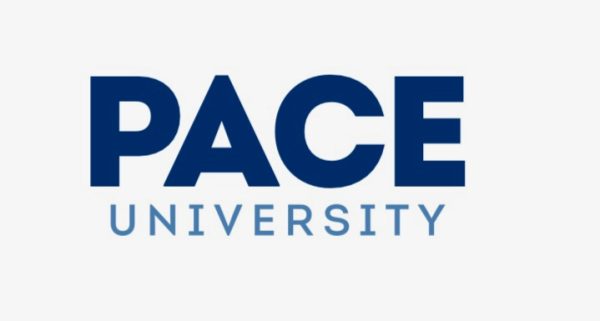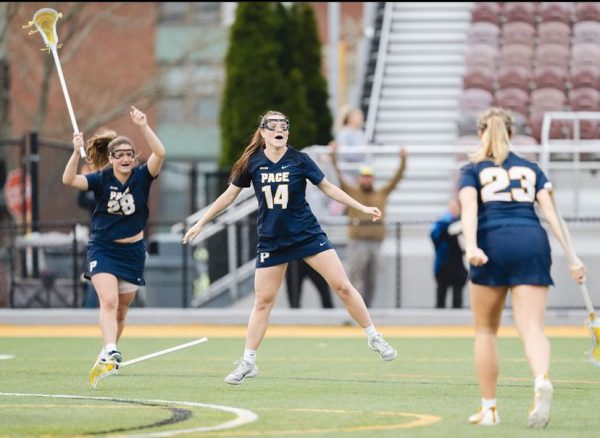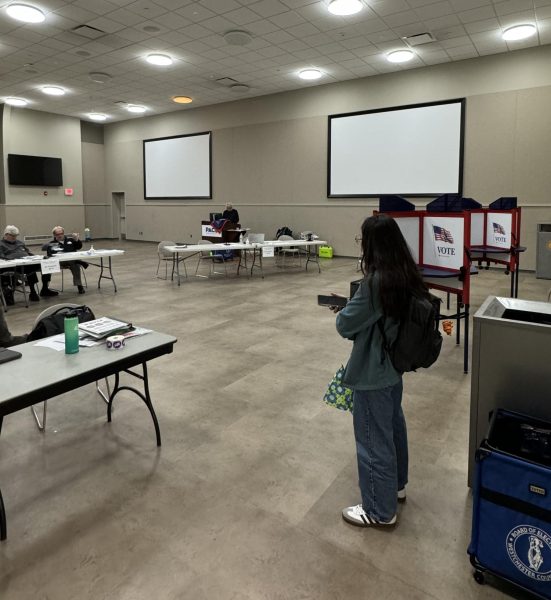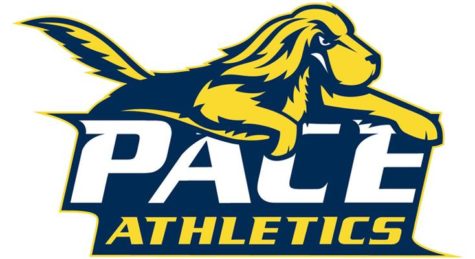The Heart of a Champion but the Stomach of a College Student
October 11, 2016
While college is infamous for sneakily helping students pack on the Freshman-15, the lifestyle of college athletes is vastly distinct from their “NARP” (nonathletic regular person) counterparts.
According to the NCAA, “Athletic performance and recovery from training are enhanced by attention to nutrient intake. Optimal nutrition for health and performance includes the identification of both the quantity and quality of food and fluids needed to support regular training and peak performance.”
Assistant Athletic Trainer/Assistant Strength & Conditioning, Sports Performance/Rehab Coordinator, Phil Ryder, echoes these values when it comes to Pace’s athletes.
“Fried foods are the worst. The more processed the food, the worse it is for you,” said Ryder. “But right off the bat we tell [the athletes] to make sure that they are taking in enough calories and nutrients to perform at a high level because during times like preseason they are practicing twice a day and burning roughly three-thousand to four-thousand calories.”
However, finding high-quality and nutrient dense foods with minimal processed chemicals in a dining hall is no easy task. Many times, student athletes must find other ways to incorporate the proper amount of nutrients into their diets such as vitamins and protein supplements.
The NCAA says that, “In general, vitamin and mineral supplements are not required if a student-athlete is consuming adequate energy from a variety of foods to maintain body weight. However, the risk of micronutrient deficiencies is greatest in student-athletes restricting calories, engaging in rapid weight-loss practices or eliminating specific foods or food groups from their diet.”
Sophomore volleyball player Meilyn Atienza knows that it is difficult for any college student to get wholesome foods and says that her and many teammates take multivitamins to supplement the missing nutrients.
“A lot of us do take vitamins because you can’t really get [nutrients from] a lot of wholesome foods,” said Atienza. “If you want to get organic foods it’s extra pricey and we’re all college students.”
Ryder says that the majority of athletes are successful with their nutrient intake and calories consumed. However, newer players tend to under eat, and according to the NCAA, “Insufficient energy intakes (due to skipped meals or dieting) will have a rapid negative impact on training, performance and over time on bone, immune function and injury risk.”
“I think part of it is time management. With early classes a lot of them aren’t waking up and having a large enough breakfast,” Ryder said.
Despite the lack of dining hall options, the majority of athletes are successful in choosing foods that allow them to reach their highest levels of performance with the help of their teammates.
“The little things add up like having [a lot] of candy and in volleyball it can cost you a point and those points add up,” said Atienza. “We usually hold each other accountable and make sure everyone on the team is eating the right kinds of foods.”

